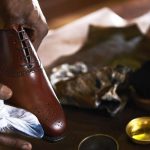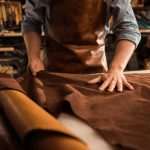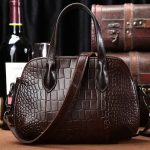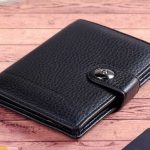faux leather shoes women’s with an ideal factors
What you will read in this article....
faux leather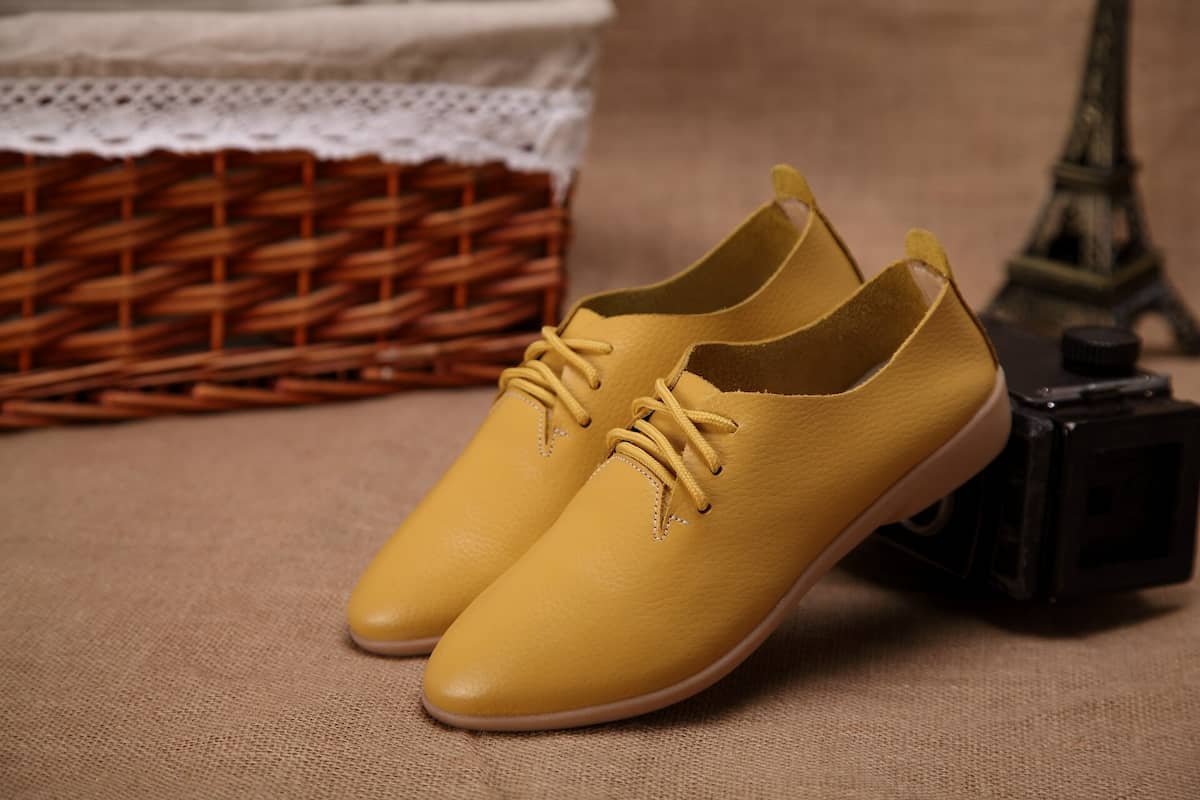
faux leather shoes women’s with an ideal factors
What are the advantages of purchasing women’s shoes that are made of faux leather? The appearance and texture of faux leather are meant to mimic that of real leather, but without the ethical dilemmas that come with real leather, such as worries over animal rights
This is just one of the many advantages that come along with opting to wear shoes made of faux leather as opposed to real leather
Nicer and Less Dangerous to the Environment: Vegan shoes and other firms that cater to customers who are concerned about the welfare of animals frequently employ an alternative material to leather called synthetic leather
To imitate the look and feel of genuine leather, synthetic materials are regularly combined with fabrics during the manufacturing process of faux-leather products
Polyurethane is also frequently used
Genuine leather must also go through a lengthy treatment process before it can be utilized in the production of shoes
The chemicals that are used to treat the leather have been shown to be harmful to the environment and remove the leather’s capacity to biodegrade
Conversely, shoes made of synthetic leather do not need as much preparation and utilize less chemical treatment than traditional leather shoes
Efficient and reasonable in cost: Because it requires much more preparation and is, as a result, more expensive to prepare, traditional leather is typically far more expensive than its synthetic version
Before a pair of shoes can ever be crafted, the cows whose skin is used to produce leather need to be cared for, given land to graze on and fed

After that, the cow skin needs to be processed
Everything taken into consideration adds up to the total price in the end
Because producing faux leather does not require as much preparation or effort, the price of faux leather shoes is typically substantially lower than that of real leather shoes
Durability: Shoes made of synthetic leather are often exceptionally long-lasting due to their form-fitting construction and high level of wear resistance
They are also more water resistant than actual leather, which can discolor and suffer damage when exposed to the elements
The composition of synthetic leather makes it resistant to the deteriorating effects of exposure to the elements as well as the general wear and tear that comes from prolonged activities such as walking and running
When shopping for shoes that will be used on a daily basis, it is important to remember that genuine leather possesses a number of advantages that are well worth taking into consideration
It’s true that faux leather can feel quite close to the real thing and look just as nice as genuine leather, but that doesn’t mean it will last as long or provide the same level of comfort
Should you take the chance and keep your fingers crossed that everything works out? To be honest with you, that decision is completely in your hands
Before making a final choice, one should familiarize themselves with the many advantages that natural leather has, despite the fact that faux leather possesses undeniably a great number of advantages as well
Natural leather has a number of advantages, but perhaps one of the most significant is the fact that, with proper maintenance, it may retain its attractive appearance for a number of years, perhaps even decades
One thing can be said with absolute certainty: high-quality leather that has been well maintained will not fracture quickly, which is not something that can be claimed about synthetic leather
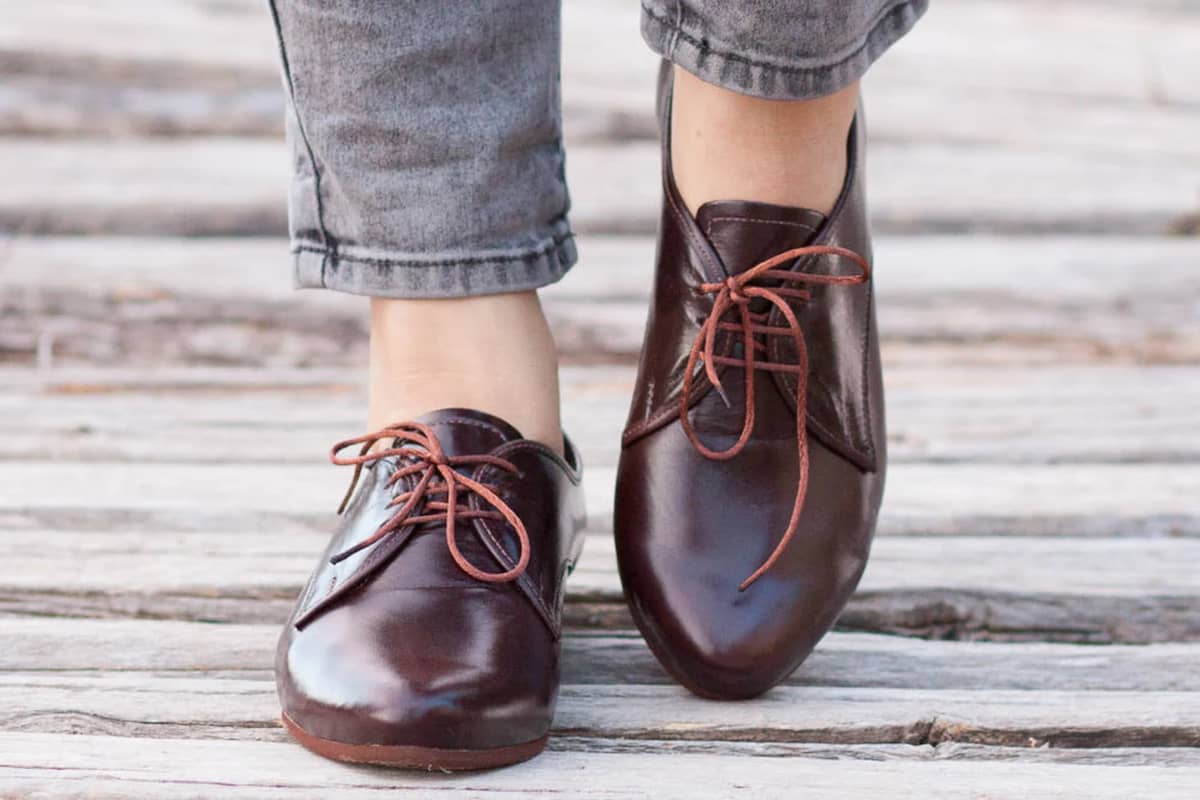
Before the collar on my high-quality pleather jacket started falling apart, I almost lived in it
Unfortunately, this resulted in the jacket being rendered worthless, despite the fact that it still appeared to be almost brand new
This might just as well happen to genuine leather, but I have a feeling that the damage would be considerably less difficult to repair if it did
Matting and surface cracks or peeling can be repaired, but there isn’t much that can be done about a collar that has decided to decompose into sawdust on its own
Leather will conform to the shape of your foot far more easily and quickly, rewarding you for the time and effort you put into breaking it in with a perfect fit that you may enjoy for years to come
In most cases, synthetic leather is not as flexible as genuine leather, which can result in aches and wounds that can last for weeks or even months, which you won’t feel very good about if the weather warms up enough to wear flip-flops
Replacements made of softer leather are considerably simpler to break in, but as time goes on, they will continue to stretch out to the point where you just won’t be able to wear them anymore
And despite the fact that the majority of shoe repair companies that specialize in leather offer solutions for shoes made of leather that have become loose, the vast majority of these shops are unable to fix problems involving leather alternatives
From surface cracks and scrapes to fading and shiny baldness on your buffed leather, the majority of leather repair jobs are quite doable and easily done even if you don’t live next to one of those voodoo leather experts who can make busted Birkins look as good as new
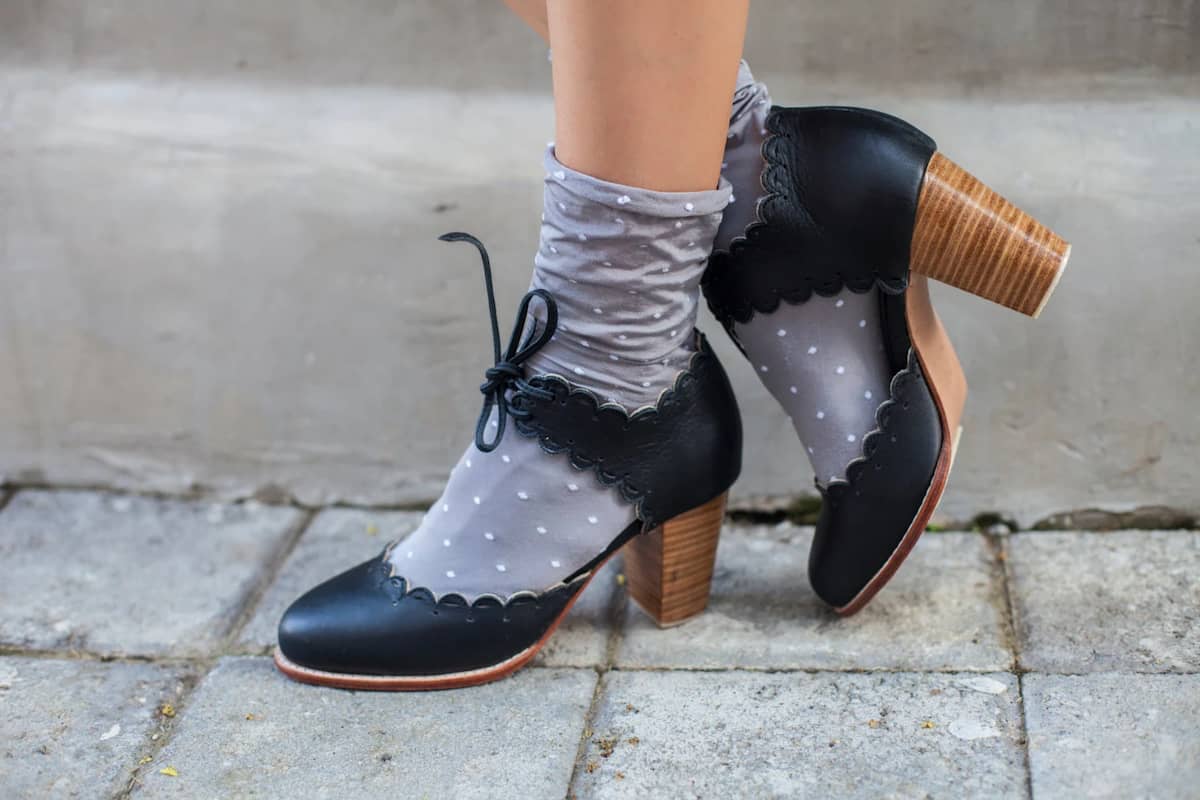
This includes everything from surface cracks and scratches to vanishing and shiny bald spots on your leather
However, if your faux leather goods are scratched or otherwise damaged, you can pretty much forget about ever getting them repaired
I often get the impression that cobblers don’t even want to deal with anything that they view as “inferior material,” but then, that may be because it is genuinely very little, they can do to restore faux leather
To continue, we will go through the features of genuine leather vs faux leather Whenever we look at a pair of shoes, the design is typically the very first thing that gets our attention
When you first take it in your hands and investigate its surroundings, the nature of the material will most likely be the first thing that catches your attention
Genuine leather and synthetic leather, sometimes known as faux leather, are by far the most common materials used to make shoes
Genuine leather has remained at the forefront of workmanship for millennia, despite the fact that both types of leather have their virtues
Genuine leather is always the preferable option if there is a choice to be made, such as when you are wanting to make an investment in your shoe collection
You won’t need to replace it as often, and it will make walking much more pleasant for you
In case you haven’t made up your mind yet on whether or not to go with real leather or faux leather, here are the key differences between the two types of leather
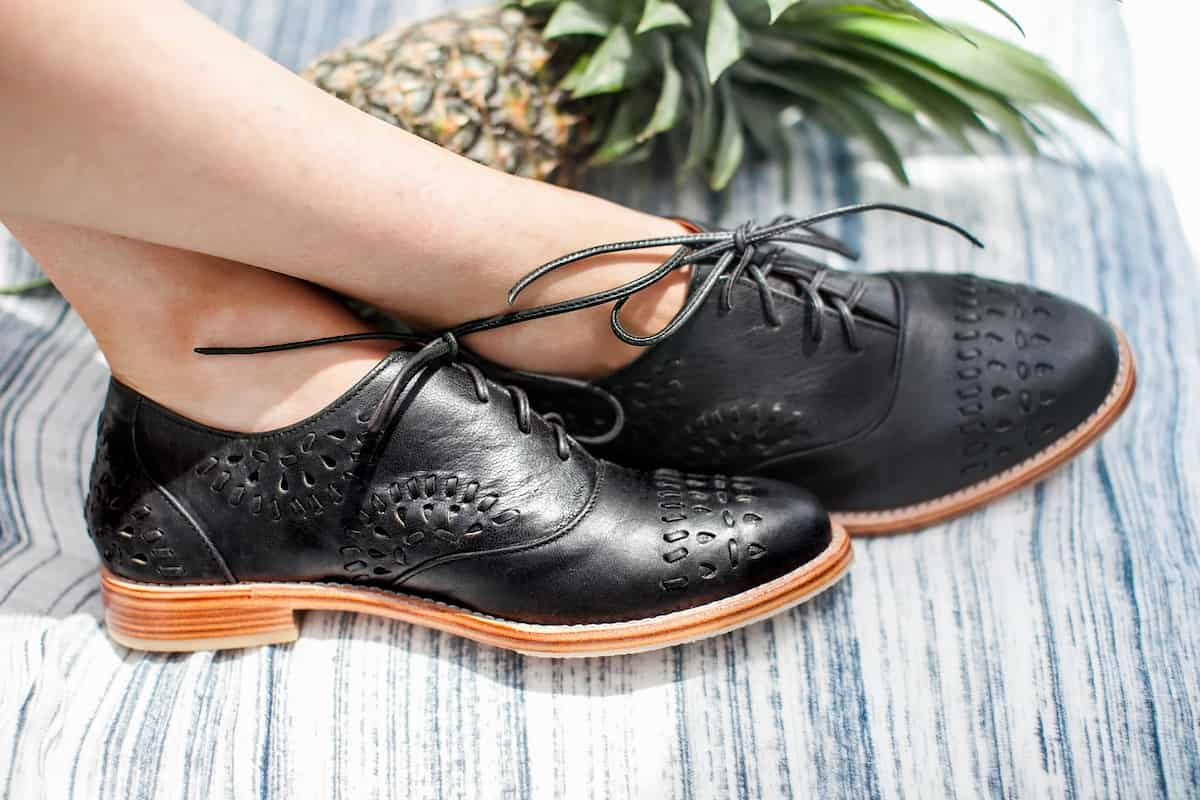
faux leather
Polyvinyl chloride is the primary component utilized for the production of faux leather, also referred to as man-made leather in some circles
PVC is given the look of genuine leather by having a fake leather grain heat-stamped into the material, giving the impression that the material is leather
Because this material can be mass-produced at a relatively low cost, it enables shoemakers to sell their designs at prices that are more accessible to the general public
f aux leather is used in the construction of the vast majority of shoes that can be found on traditional high streets
Even though these shoes cost less than those made of genuine leather, buying them may not be the most cost-effective option
When it comes to shoes made of faux leather, you should consider yourself fortunate if you get one full season’s use out of them
It’s rather uncommon for these shoes to have a rubber sole, which can quickly become worn out, particularly if you want to use them every day
If this is your plan, you should keep this in mind
Because of the material, odors and sweat can be trapped within your shoes, creating an unpleasant odor
This can also cause your shoes to smell
Because the fabric that mimics leather doesn’t have the same degree of pliability as genuine leather, it can easily become wrinkled
Even with the most expensive faux leather shoes, you will frequently encounter cracking and peeling of the material
genuine leather: genuine leather If you look after them properly and keep them in good condition, these shoes should last you for decades
This makes them a better financial investment
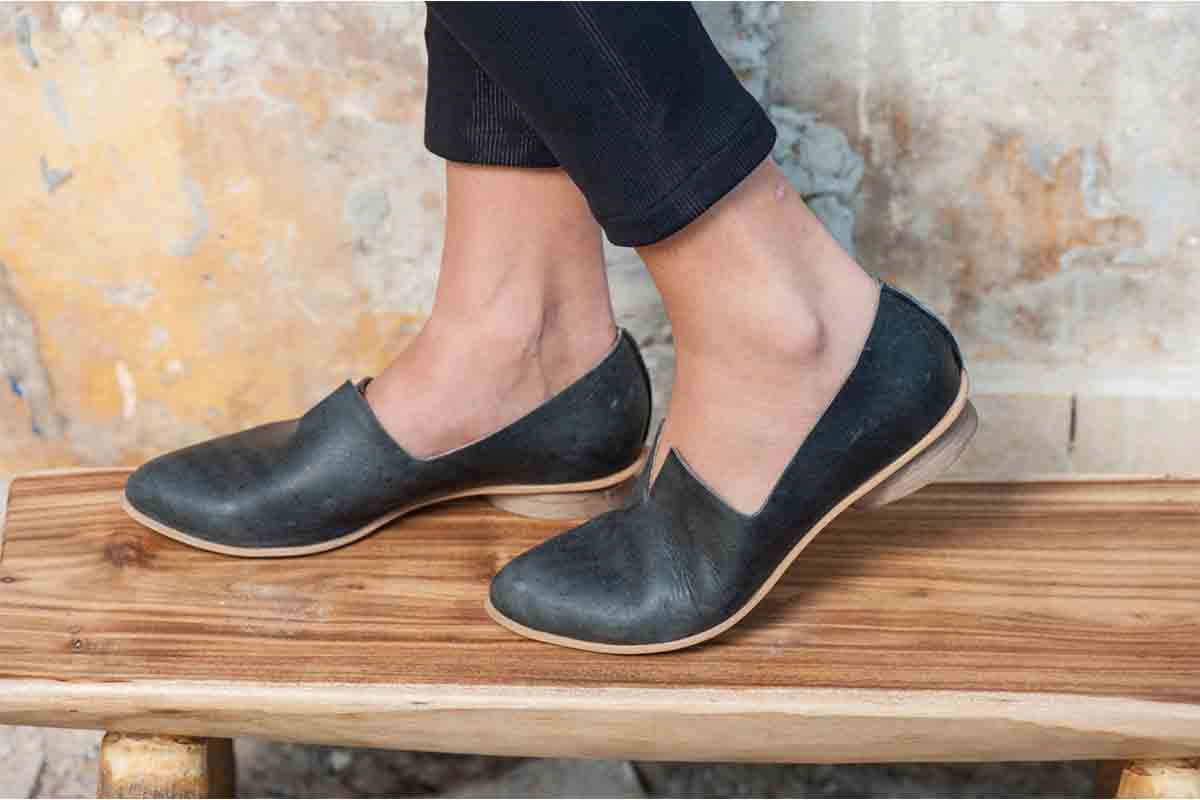
When genuine leather is allowed to age, it develops a more attractive patina
A pair of shoes made of genuine leather can set you back $150, but you might get 15,000 wears out of them, whereas a pair of shoes made of faux leather might only last you a few months, even if you spend only $30 on them
The soles are one of the primary indicators of whether or not a pair of shoes is made of genuine leather or faux leather
As they break in and conform to the shape of your feet over time, the leather bottoms on your shoes will make walking much more pleasant
The stitched sole of a pair of leather shoes will endure far longer than the soles of cheaper equivalents
If the time comes when the soles of your shoes need to be repaired, it won’t be difficult for you to get them fixed
After going through this process, your sneaker can end up looking completely fresh
When you first slip on a pair of shoes made from genuine leather, you’ll be able to tell the difference almost quickly
The increased breathability of these shoes, along with the ventilation they provide to your feet, contribute to an increased level of comfort
Because it can absorb sweat and moisture, leather is an excellent material for preventing unpleasant odors
If you keep wearing shoes made of genuine leather, the material will eventually expand and conform to the shape of your foot
Because real leather is so flexible, you can use it to maintain your posture and so avoid problems with your knees and lower back
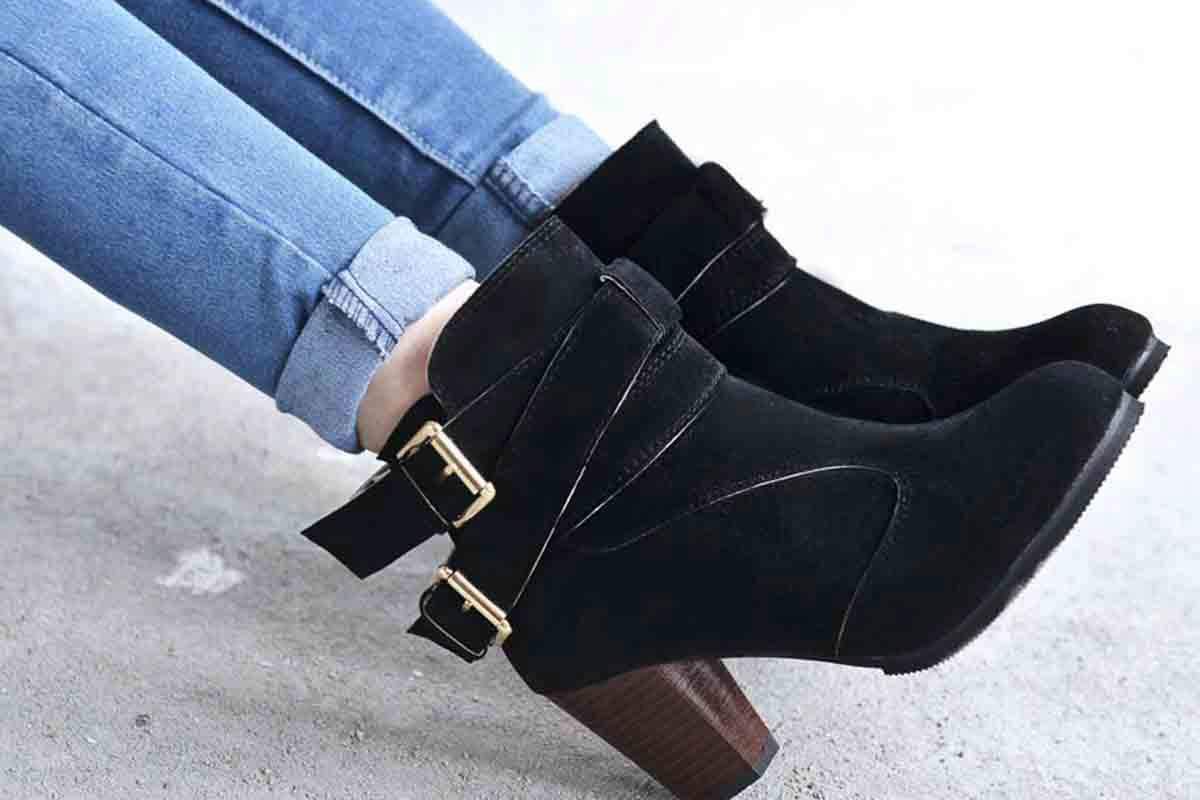
Comparison of the Benefits and Drawbacks of Faux Leather: PROS faux leather isn’t as hard on your wallet and requires little care and upkeep
It is offered in a wide range of hues, as well as different patterns and finishes
It is simple to modify in accordance with both the current trend and the requirements of individual customers, and it is also capable of being produced on a big scale if that is necessary
It does not include inflicting pain or suffering on animals in any way
CONS The shelf life of genuine leather is significantly longer than that of its imitation counterpart, faux leather
This item is not made of genuine leather
In light of the fact that we have shared our perspective on this topic here, we would appreciate it if you would do the same Would you go out and buy a new pair of faux leather shoes?!





